Apr 5, 2022
Historic New England explores an art form that was once banned in Boston, but today is seen as a creative mode of self-expression.
Loud, Naked & in Three Colors: the History of Tattooing in Boston is on view from June 10 through October 30, 2022, at the Eustis Estate in Milton, Massachusetts.
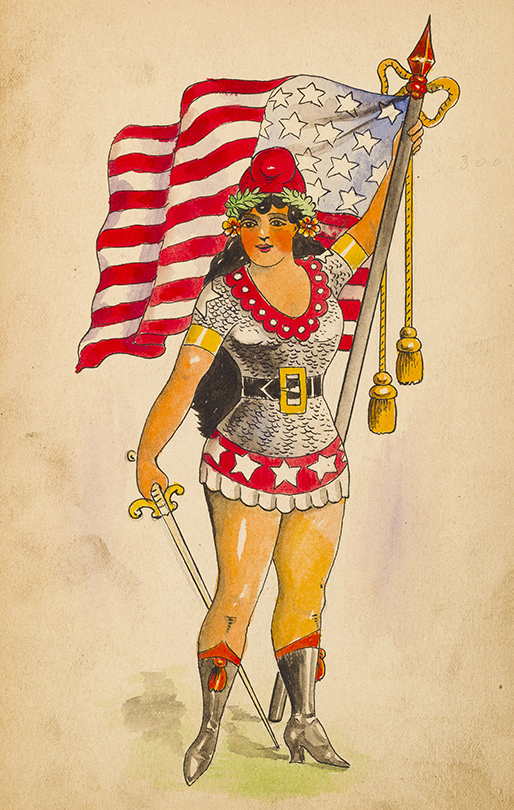
While tattooing dates back thousands of years, the art form’s twentieth-century story is a fascinating tale. As America’s industrial cities filled with factory workers eager for amusement, enterprising men and women discovered how they could make a living in the tattoo trade. The rise of an urban working class, two world wars, and the invention of the electric tattooing machine soon propelled tattooing into mainstream American culture.
What’s on display
Loud, Naked, & in Three Colors: the History of Tattooing in Boston explores this phenomenon through a stunning selection of flash art, photography, and advertisements that paint a rich picture of this unique period in the history of tattooing. The exhibition traces the popularization of tattooing in Boston through the stories and memorabilia of the city’s leading tattoo pioneers.
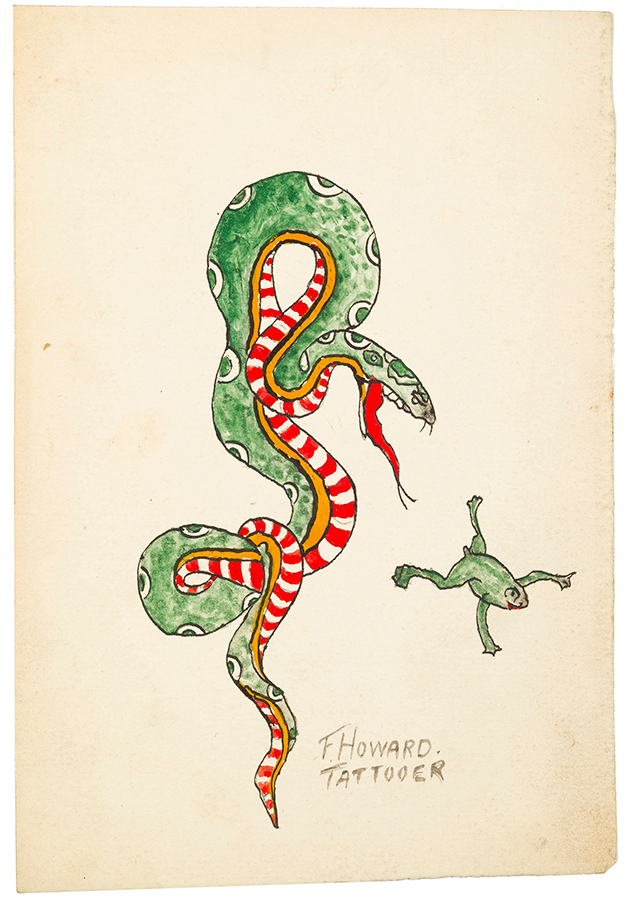
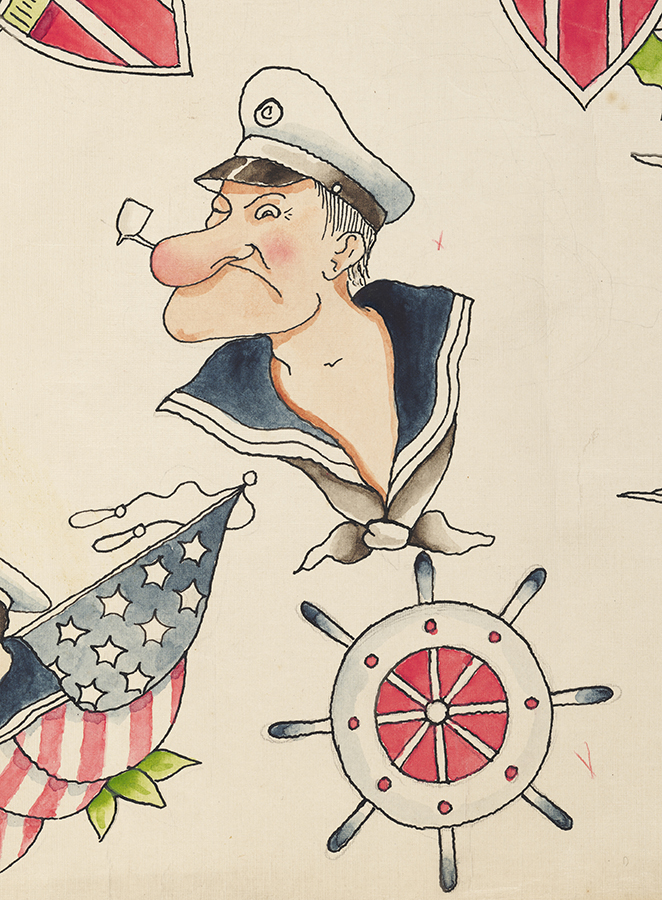
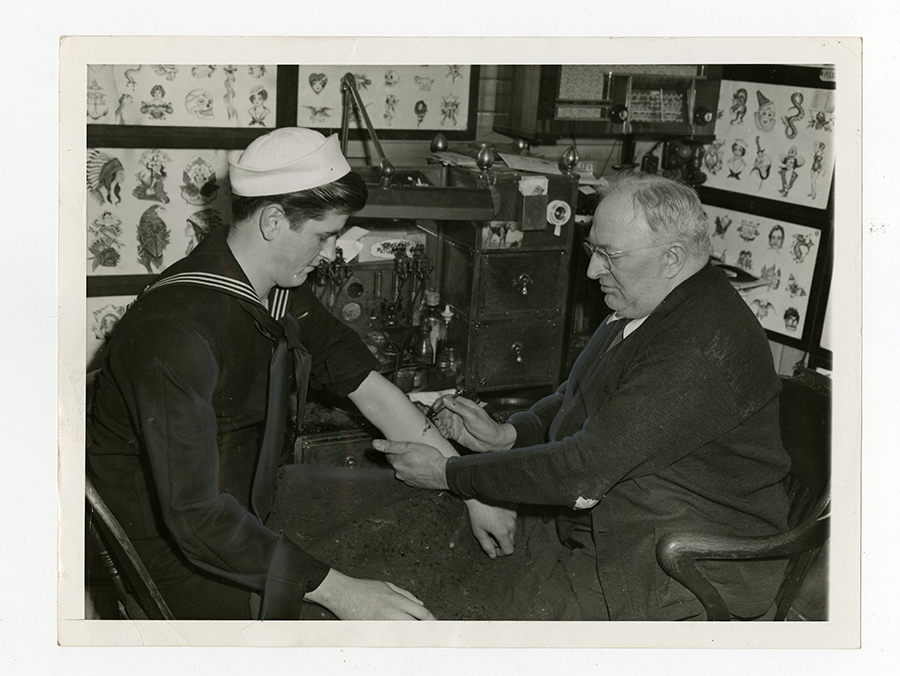
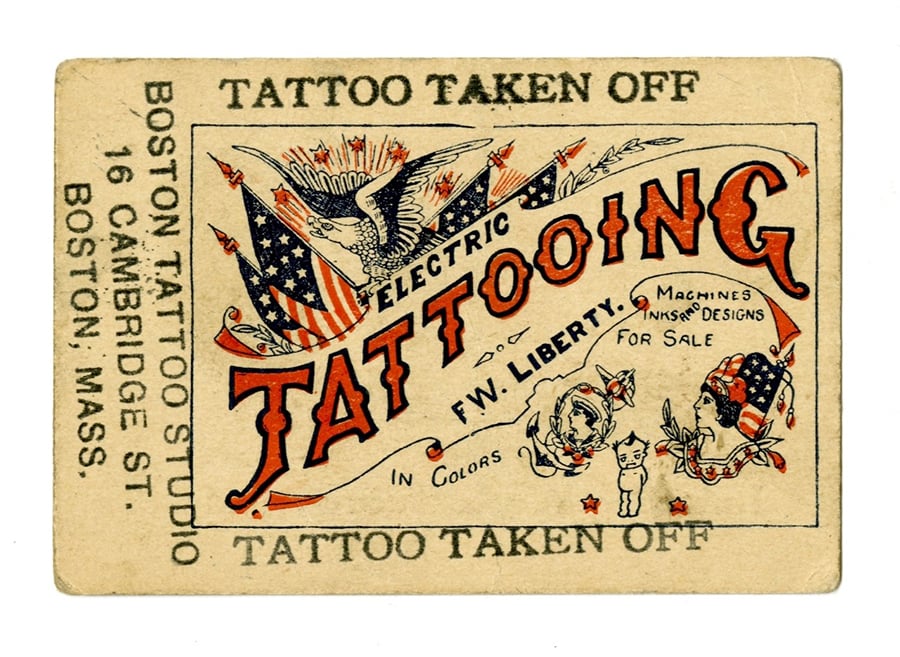
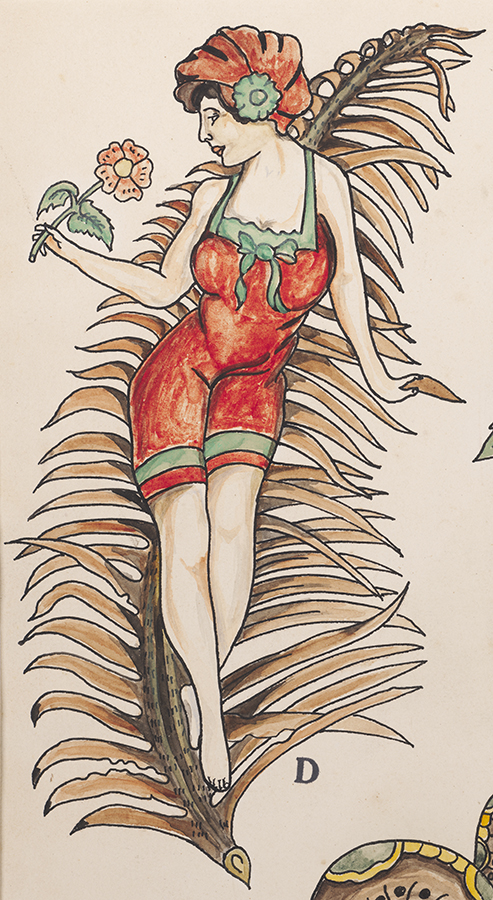
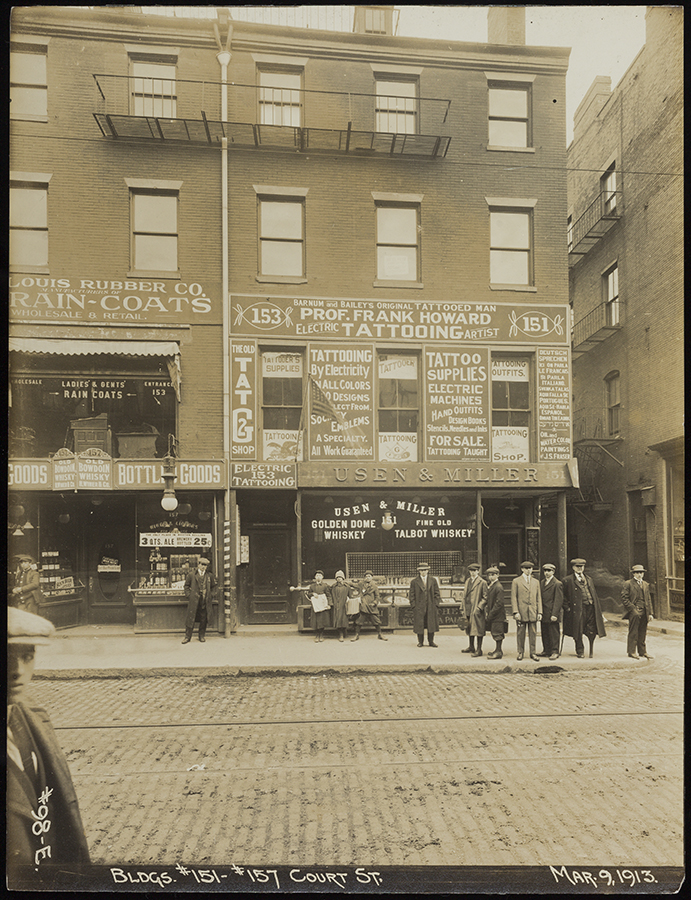
The exhibition features the work of Frank Howard and the Liberty family – Edward (Dad), Frank, Ted, and Harold (Lefty) – who dominated Boston’s tattoo scene from their shops in Scollay Square, the city’s gritty entertainment district. Their stories reveal the complex and nonconformist tattoo culture and the people, businesses, and communities surrounding the tattoo trade. It also examines the influence of the burgeoning and increasingly diverse working class in Boston who drove demand and shaped tattooing culture.
Plan your visit
Loud, Naked & in Three Colors: the History of Tattooing in Boston is at the Eustis Estate, 1424 Canton Avenue, Milton, Mass. The Eustis Estate is open from Friday to Sunday, 10:00 a.m. to 4:00 p.m. The grounds are open from dawn to dusk. The exhibition is on view from June 10 to October 30, 2022.
With thanks for their support
Our Patron members made this exhibition possible through their generous support of the Historic New England Fund.
